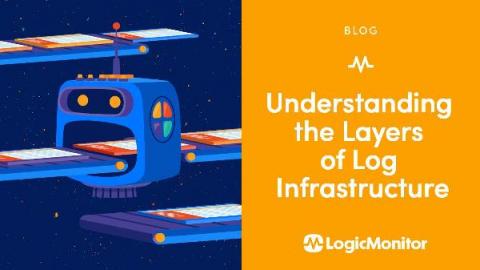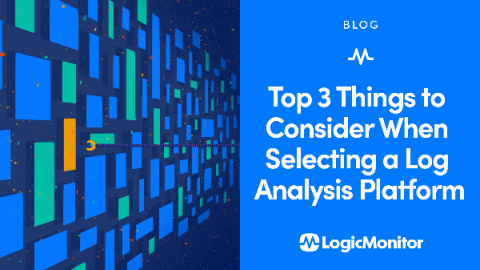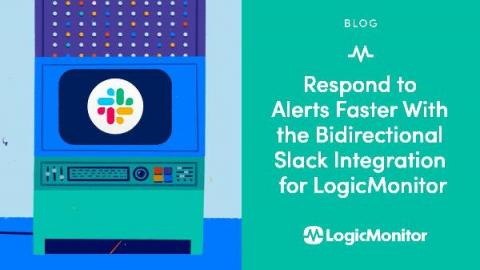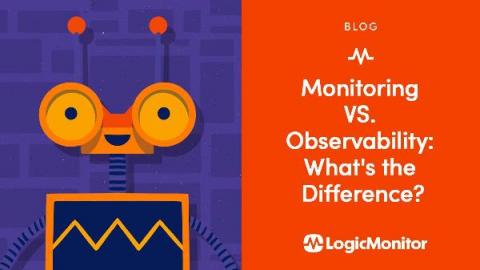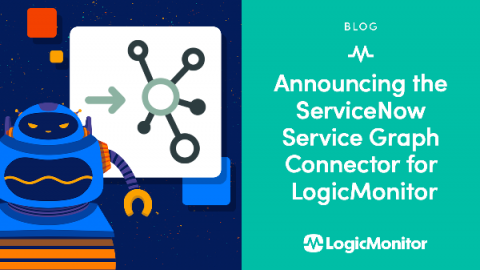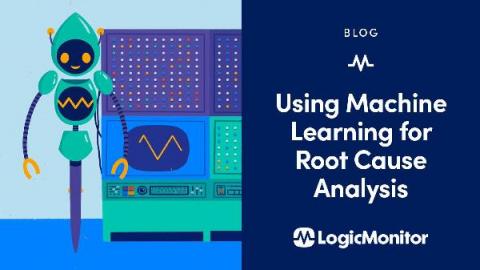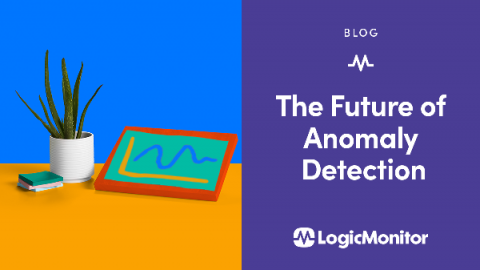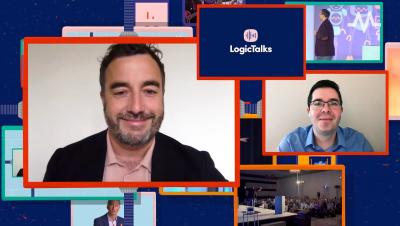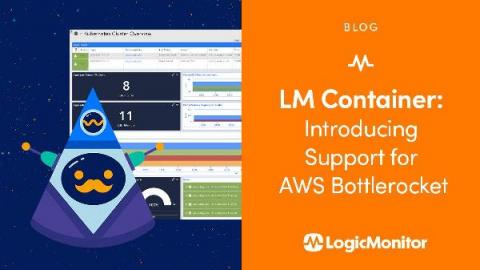Understanding the Layers of Log Infrastructure
If you’re reading this article, you’re most likely looking for a simple one-stop-shop way to understand logs. I’m sorry to be the one to tell you this, but logs are not simple enough to deal with easily. In fact, as you start approaching this topic on a practical level you’ll quickly realize how complex and annoying it truly is.


